Reportar esta entrada
Más sobre la misma comunidad-colección
Photography by Veronica Marie Heredia
There is nothing more pleasing and rewarding than witnessing the ...
Photography by Veronica Marie Heredia
There is nothing more pleasing and rewarding than witnessing the ...
Fotografía de Yadira Loya-Carranco
There is nothing more pleasing and rewarding than witnessing the ...
Photography by Yadira Loya-Carranco
There is nothing more pleasing and rewarding than witnessing the ...
Photography by Yolanda Elena Montiel Méndez
There is nothing more pleasing and rewarding than witnessing the ...
Photography by Yolanda Elena Montiel Méndez
There is nothing more pleasing and rewarding than witnessing the ...
Photography by Jaime Alberto Pinal Coello
There is nothing more pleasing and rewarding than witnessing the ...
Photography by Jaime Alberto Pinal Coello
There is nothing more pleasing and rewarding than witnessing the ...
Photography by Jaime Humberto Caldera Chacón
There is nothing more pleasing and rewarding than witnessing the ...
Photography by Jaime Humberto Caldera Chacón
There is nothing more pleasing and rewarding than witnessing the ...
Bilalian News Article, September 24, 1976
Bilalian News Article titled "First Mosque on military base ...
New Residents in Front of Socorro Mission, 2022
Tawan and Felicia Parsons on the mission trail at the Socorro ...
Congregation at Presumed Destiny Family Christian Center, 1995
Congregation worshipping at what is presumed to be Destiny ...
Congregation at Presumed Destiny Family Christian Center, 2008
Congregation gathered at what is presumed to be Destiny Family ...
Congregation at Presumed Destiny Family Christian Center, 2008
Congregation at what is presumed to be Destiny Family Christian ...

















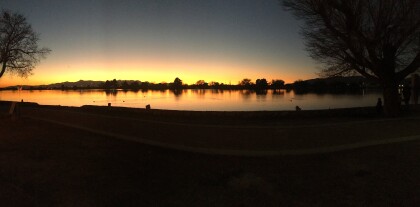
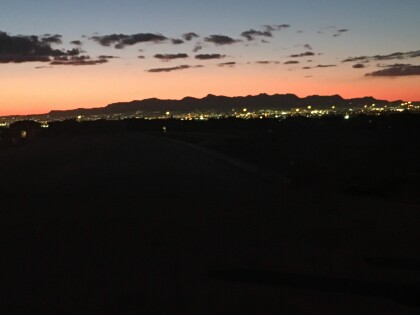
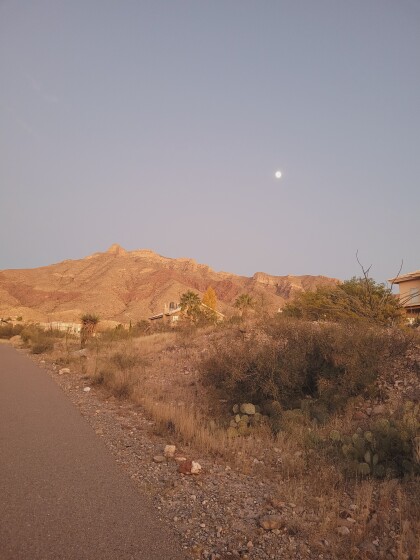
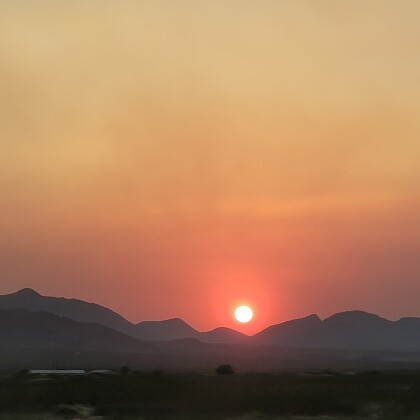
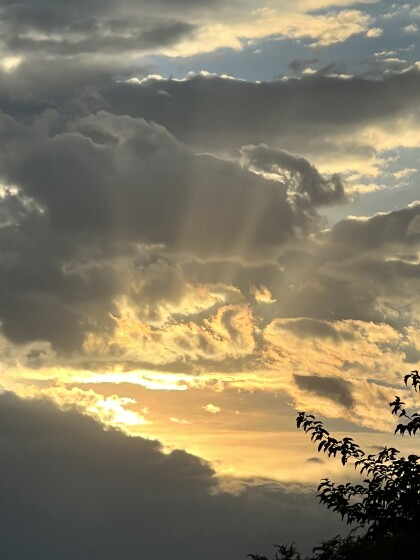
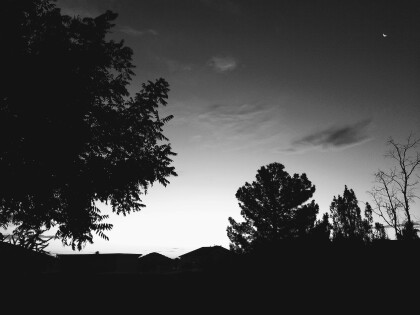
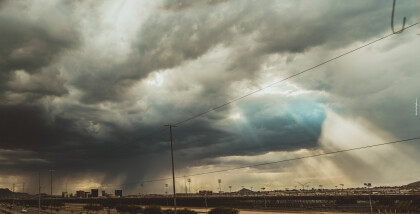
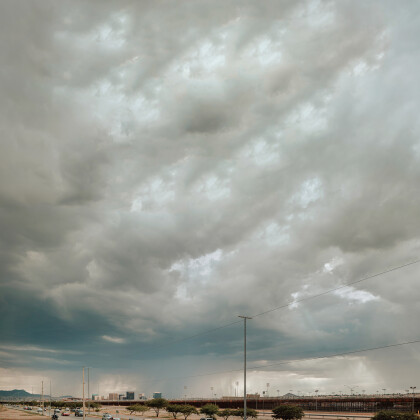
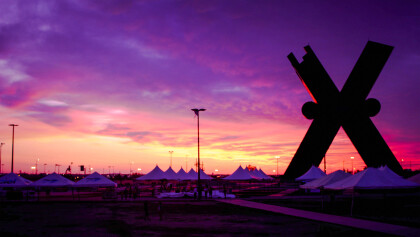
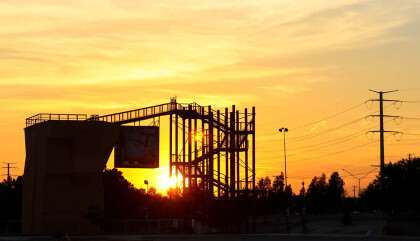

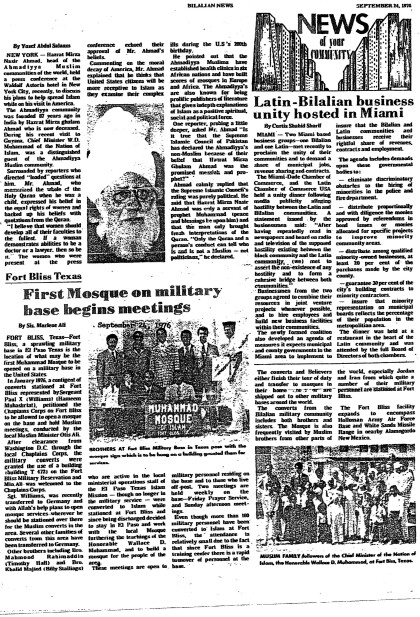

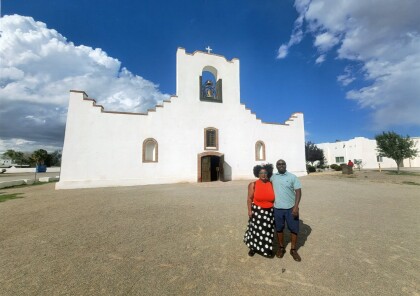



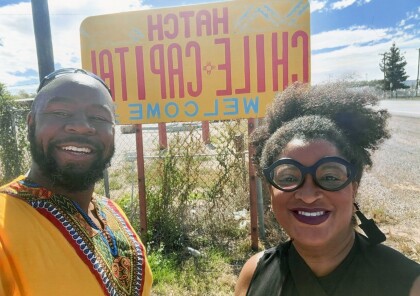
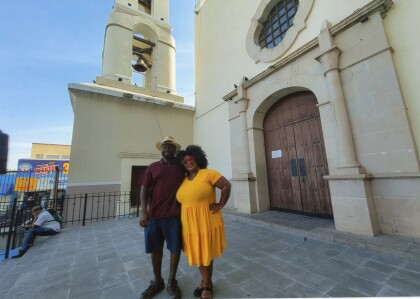

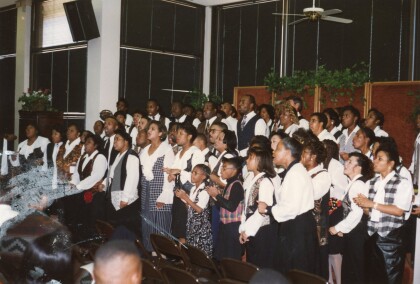
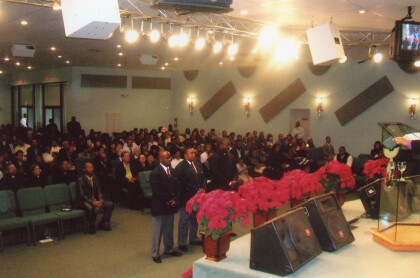

Comentarios
Hacer un comentario